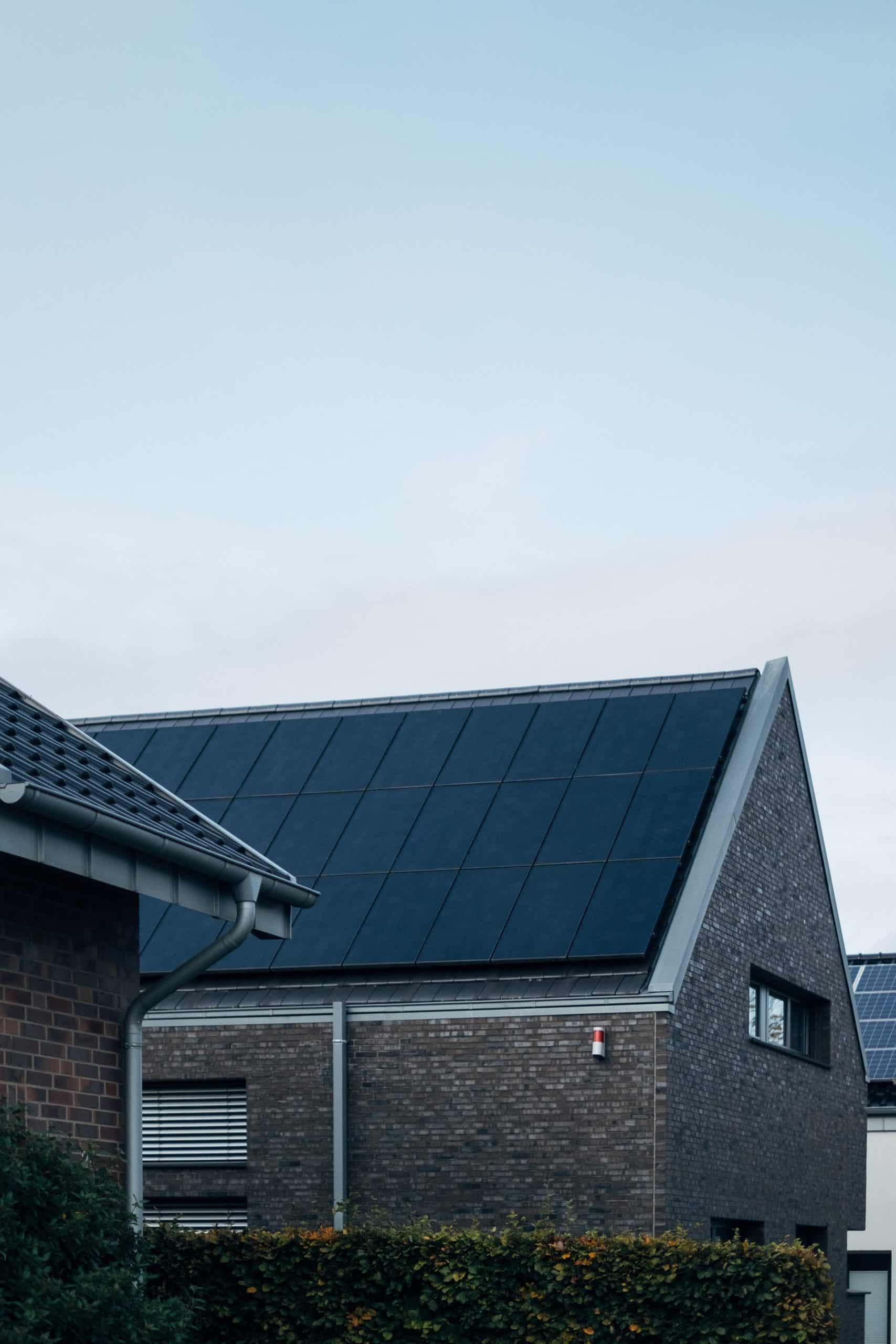In parallel to the covid-19 pandemic, remote work has become the trend of 2020 and 2021. While reports and statistics seem to vary somewhat, it would appear that most experts predict that remote work can lead to a beneficial impact upon the environment. According to the U.S. Environmental Protection Agency, transportation is the single biggest contributor of greenhouse gas emissions in terms of economic sector in the U.S. – followed closely by electricity production and industry.
The obvious environmental benefit of remote working is that it results in fewer cars on the road. According to Flexjobs.com – if 3.9 million Americans worked from home at least half of the week, that would equate to the same as removing over half a million cars from the road all year.
To replicate that reduction and the benefit of removing half a million vehicles from the roads by planting trees – it would mean planting 91 million trees, according to data from Global Workplace Analytics.
IMAGE: UNSPLASH
Is Remote Working 100% Green?
Remote working has been tried and tested, and many of the reports are positive. With an increasing range of cybersecurity software and protocols, video conferencing software, virtual assistant, and virtual phone answering services available, everyone from a global CEO to a solopreneur can conceivably work from home without any issues.
The counter-argument to remote working and its proposed beneficial impact on the environment relates to the increase in gas and electricity use to heat and cool homes and home offices during the day. There is one relatively easy solution to this – use a renewable energy supplier. While the gas emissions are the same, renewable energy is sourced not to produce additional carbon into the environment.
For example, if the wood is sourced from trees that are planted, allowed to grow, and harvested like a crop, then that would be deemed a sustainable source of fuel, as the carbon that is burnt is carbon that would not have been stored if it was not fo the additional trees being planted.
On the other end of the scale, if trees that have existed for decades or hundreds of years in the wild are chopped down and burnt as energy, this is not sustainable or renewable. You can learn more about sustainable and renewable energy and how it is defined in this Ted Talk by Jackson Carpenter.
In the Ted Talk, Jackson suggests that by switching from a non-renewable electricity supplier to a renewable one, you can instantly reduce your carbon footprint by 15%. If you live in the U.S., you can find a renewable supplier by entering your zip code into the search box on Jacksoncarpenter.com; if you are in the UK, you can use a supplier like Octopus Energy.
Heating and cooling will also be covered by this switch in many circumstances as many pumps, heaters, and air conditioning units run on electricity – if this is the case, you can reduce your footprint by an additional 17% by switching to a renewable supplier. If you don’t have electric heating, you can use biodiesel (bioheat) instead of heating oil or use sustainable wood.
Go Green & Save Money With Solar
Disclaimer: Although many people install solar panels themselves, we advise that all work by checked and supervised by a qualified electrician. If you are working from home, fancy a project, and want to save money on your fuel bills, consider using solar panels.
You can test the waters, so to speak, with a small affordable system big enough to charge you lights and possibly office devices. You can look to use a “grid-tied system” or an “off-grid system.” You can charge batteries to store any power generated or use the power as you require it.
You can buy solar panel kits or purchase individual parts to create a solar power system. What you will need includes a solar panel, a charge controller and
Most charge controllers use a DC system. Again, we advise getting all work supervised by a qualified electrician. The positive outlet or wire (usually red) from the solar panel connects to the positive inlet on the charge controller. The negative wire (typically black) connects to the negative inlet on the charge controller.
You or your electrician will then need to hook up the charge controller to a battery. Again, the positive outlet (usually red) from the charge controller connects to the positive inlet on the battery, and the negative (usually black) connects to the negative inlet.
For a great beginner’s guide to solar panels, please see this YouTube video from LDSreliance.
Green Car Fuels
Whether or not you are working from home, you can address the carbon emissions of your car too. If you fill your car with gasoline, then your vehicle will run on alcohol – ethanol. You can ferment alcohol from sugar, and whatever you make it from, the source is almost always renewable or sustainable. To enable your car to run off alcohol, you need a flex-fuel adaptor – which costs around $300
If you have diesel, you can use biodiesel. Biodiesel requires no conversion kit or adaptor. In theory, if you have an electric car and it uses non-renewable fuel, it’s pretty much pointless in terms of the environmental benefit – there won’t be one!
Conclusion
It looks like remote work is here to stay, which might be great news for many of us. No long and stressful commutes and more leisure time have to be a good thing for people’s wellbeing. The key is to stay connected with colleagues and engage in face-to-face contact and communication whenever possible – albeit a digitized face-to-face version.
You can increase any environmental benefits by switching to a renewable energy supplier or using biofuel to heat your home. Cars are not going to disappear any time soon, but they can also be made green using renewable fuels such as biodiesel.
If you are interested in even more lifestyle-related articles and information from us here at Bit Rebels, then we have a lot to choose from.


COMMENTS